“I have never connected to lei cha from young. The only time I saw this dish is when my mum would order from the auntie in the hawker centre and it tasted awful.”
You might not have guessed it, but James, the person who said the above, is actually the owner of a lei cha cafe called Jamboo with his partner, Jenny.
The name Jamboo comes from “jambu”, which means guava in Malay. According to James, lei cha used to be made using an equipment called lei bo, which involves using a guava branch to grind the leaves. The branch helps to infuse the lei cha soup with the fragrance of guava.
Lei cha, for those who don’t know, refers to pounded tea that is typically enjoyed as a soup and with rice and vegetables.
The dish comes from Hakka cuisine, but neither James nor Jenny are Hakka—James is Foochow, and Jenny, Teochew. But Jenny’s mum would often cook the dish for the family from time to time.
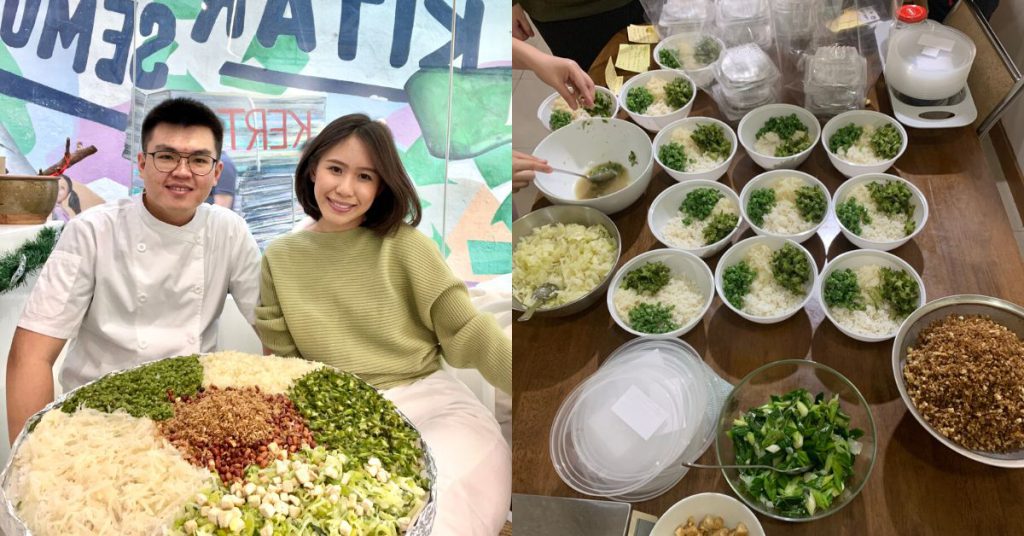
“That’s where I got more connected to lei cha because on weekends when we went back to her hometown, her mum would prepare the dishes and we ate together as a family,” James said.
During the pandemic, the hawker centre the couple frequented closed and it became increasingly hard to acquire a simple bowl of lei cha.
So, when the couple launched their own online F&B business in November 2021, they decided to include lei cha on the menu.
Going into F&B
James’ father used to run a steamboat business back in their hometown. James and his siblings would help out with the business by marinating meats, trimming lamb fats, cleaning dishes, and more.
“Those were days that we love and hate,” James said. “After reflecting on it, it actually gave me a heads up on the commitment before venturing into Jamboo.”
He met Jenny when they were studying hospitality management in Berjaya University College. The two also joined the college catering team to help their lecturer, which increased their exposure to the F&B industry and hospitality industry.
Upon graduation, Jenny kicked off her career as a flight attendant for a local airline, while James had moved to the States to work for around two years.
Sometime during the lockdown, though, James returned from the US. To pass time, he decided to launch an online food delivery business with his family and Jenny.
This ecommerce business would prove to be a very memorable one for the team, as it would eventually lead to the birth of Jamboo.
Thinking back on their first venture, James recalled how they had to rush from the 19th floor of their condo to the guardhouse just to pass the food to the riders and customers.
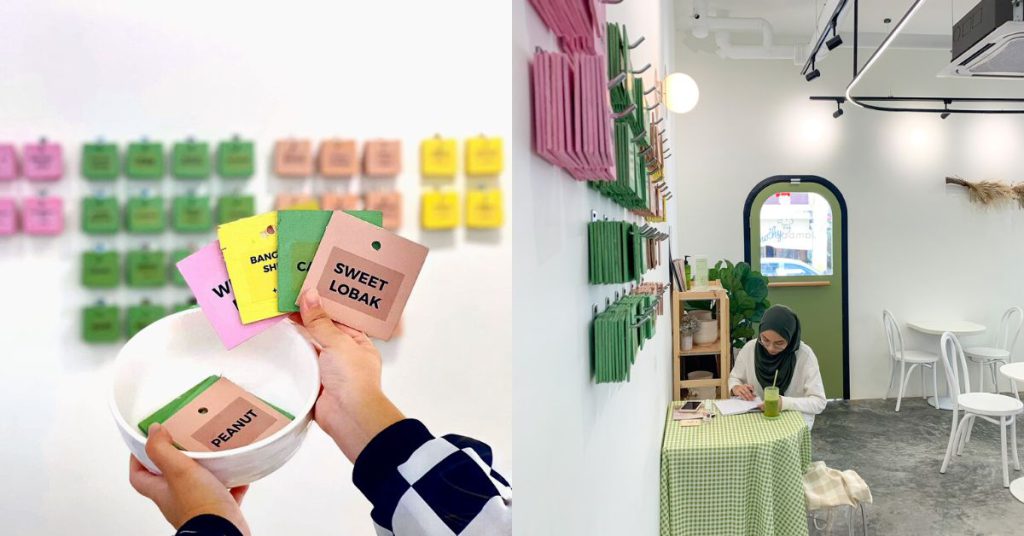
“Or when we are not well-prepared and not expecting a high-volume order, we ran out of rice in the end, and bought rice from mamak or cancelled it,” he reminisced. “Our kitchen size, which is only ideal for homecooking, turned into a disaster where we squeezed around each other to fulfil high volume orders.”
The menu started off with salad chicken rice, lychee sweet and sour chicken rice, and of course, lei cha.
Interestingly, the team never expected that lei cha would become a bestseller, as it’s “a bowl of chlorophyll and there’s no hype about it”, as James put it.
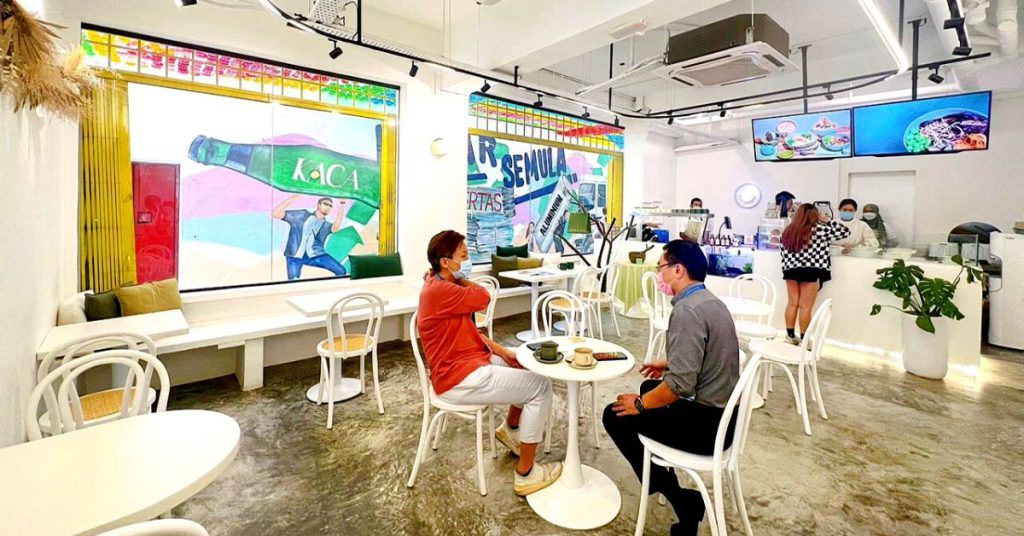
But of course, the results spoke for themselves.
One afternoon, as James and Jenny were delivering food to their customer, they started having a conversation about how lei cha is a kind of poke bowl. In that lightbulb moment, the idea for Jamboo began to materialise.
Modernising the lei cha
As we know, James has never been the biggest lover of lei cha. Knowing that it’s an acquired taste, he understands how valuable it can be to give a different perspective on the green rice dish.
“I was like why not a shop that sells lei cha, but you can choose your own vegetables and topping?” James wondered. “On top of that you could add protein too. It could help people like me give lei cha a try.”
James and Jenny knew it was a decent idea for the industry, but the next thought was, who would be willing to fund them?
Estimating a startup cost of around RM400K to RM500K, James wasn’t sure. But he called his mum and told her about the concept, and she responded by asking him to write up a proposal so they could discuss it again.
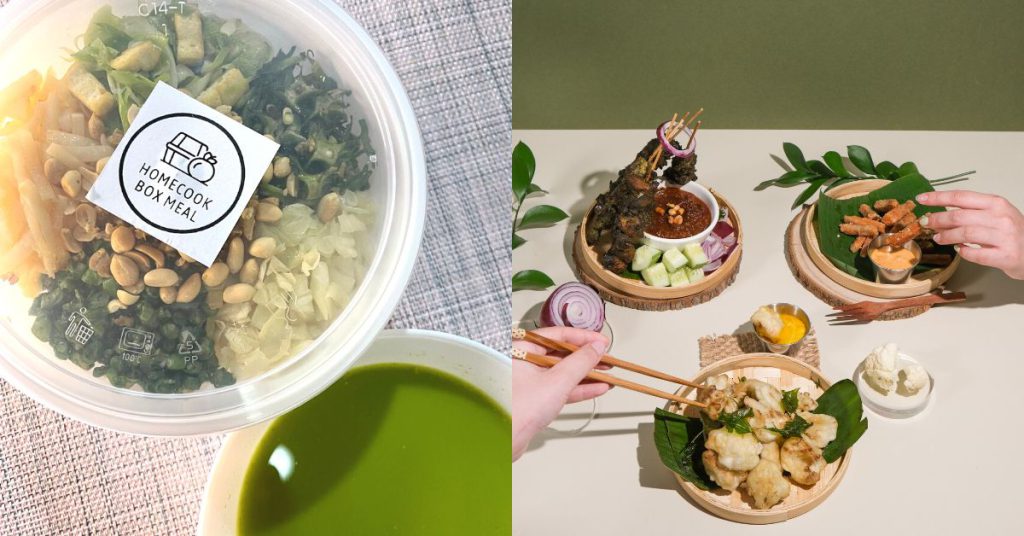
“Till today we are still very grateful for what she gave us and we thanked and appreciate what she helped us,” James expressed. “Mum, thank you again!”
With that, it was time to really break ground with Jamboo. One critical part of the menu is, of coure, the lei cha soup, which takes hours to make.
According to James, the team has tried various ways to make it and are still trying to perfect it today.
Calling their lei cha “Inspirasi lei cha,” Jamboo’s iteration of the Hakka dish isn’t necessarily a traditional take, as they want lei cha to be more easily found and accepted.
For the Jamboo Bowl, customers can choose a base, four vegetables, two toppings, optional protein, and lei cha soup or other sauces offered by Jamboo.
“Today, we have five kinds of base, 22 kinds of veggies, 17 kinds of toppings, eight kinds of proteins, and eight kinds of sauces,” James explained.
Customers can even customise their own soups to their liking by adding more peanut or herbs.
For extra fragrance, James recommends choosing to brew the soup with Jamboo’s specialty tea that enhances the aroma of the soup.
This way, he hopes to make lei cha that is not only accepted by the Chinese community but by the Malay and Indian communities as well.
Not just the green stuff
While lei cha is a big part of Jamboo, the team knows they can’t put all their eggs in one basket.
“So, we infused some other café elements to attract the community to know us from the types of dishes and beverages we are offering,” James reasoned.
Channeling the brand identity, Jamboo’s drinks are typically green in colour, which is achieved by creating guava-flavoured beverages and matcha ones, the latter being made from imported pure matcha powder.
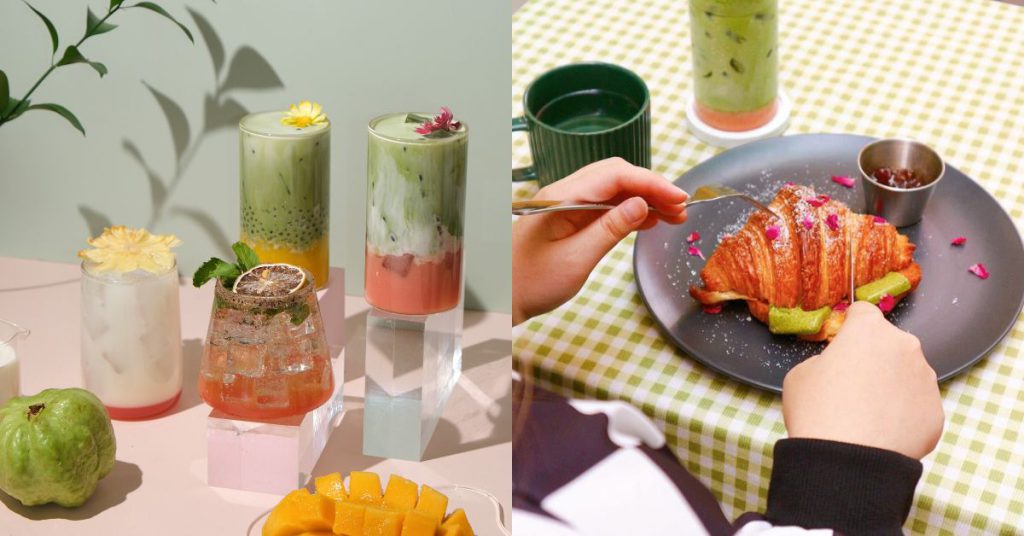
On top of that, Jamboo serves lei cha butter croissants and oriental pesto pasta, both of which are incorporated with lei cha flavours.
“This also promotes [the idea] that lei cha can be a part of fusion cuisine too,” James explained.
Of course, there are non-lei cha related dishes too, such as the otak-otak fries, which uses a recipe belonging to Jenny’s grandmother.
Making lei cha more accessible
Currently, James is working full-time on Jamboo. Meanwhile, Jenny is still a cabin crew member, but she also handles most of the social media content and marketing for Jamboo.
The team is looking to expand through licensing this year.
“All licensing partners should have or understand the visions for Jamboo,” James said. “It does not only require capital or funding but the belief of lei cha and Jamboo in the coming years.”
Other than that, the team is working on its retail side to produce the brand’s own lei cha paste, matcha powder, lei cha butter, and more.
In the bigger picture, James shared that he hopes to see Jamboo IPO and venture into other related businesses such as agriculture.
With growth, though, comes the concern of displacing existing hawkers in the lei cha scene.
To this, James assured that Jamboo’s goal isn’t to sell traditional lei cha or replace vendors selling such lei cha.
“From our perspective, we want lei cha to be re-evaluated and give the community access to this humble dish that requires huge amount of work and passion, which is not easy,” he expressed.
With Jamboo’s refreshed way of taking on the Hakka dish, hopefully the team will be able to do just that.
- Learn more about Jamboo here.
- Read other articles we’ve written about Malaysian startups here.
Featured Image Credit: Jamboo
Stay connected with us on social media platform for instant update click here to join our Twitter, & Facebook
We are now on Telegram. Click here to join our channel (@TechiUpdate) and stay updated with the latest Technology headlines.
For all the latest Life Style News Click Here
For the latest news and updates, follow us on Google News.
